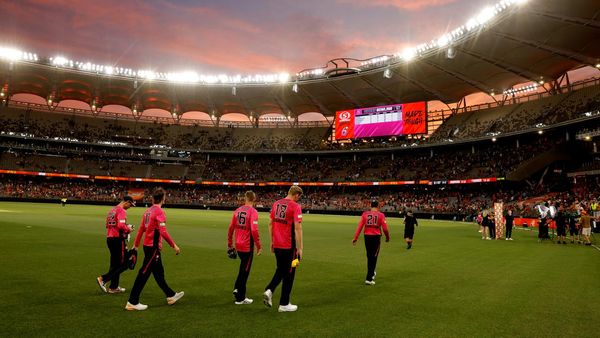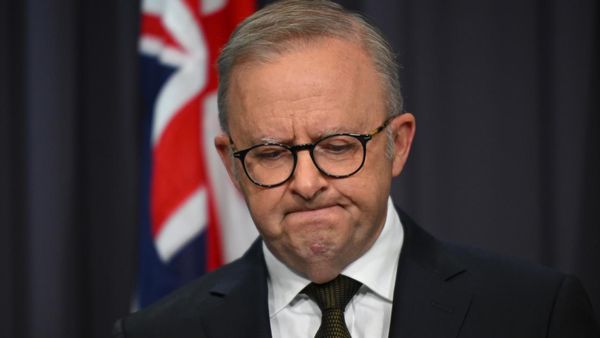
Australian wage growth has passed its strongest point as demand for labour cools and award and minimum pay rate increases are pared back.
The annual pace of wage growth took a sizeable step down to 3.5 per cent in September, from 4.1 per cent over the year to June.
Pay packets are now growing substantially faster than inflation in a welcome reprieve for stretched family finances.
On a quarterly basis, the 0.8 per cent wage growth recorded by the Australian Bureau of Statistics was the same figure recorded in the previous quarter, and landed a touch below expectations.
Private sector wage growth lagged public sector pay for the first time since 2020 and was increasing at its slowest rate in two years.
Workers have experienced firm pay packet growth over the past few years as employers struggle to fill vacancies amid high demand for labour.
The Fair Work Commission also ordered sizeable pay bumps for minimum and award wage workers to reflect price rises eating into their pay gain.
But with higher interest rates working to slow the economy and weigh on inflation, the labour market is gradually unwinding and salary growth is softening with it.
The 3.75 per cent wage increase ordered by the industrial umpire in 2024 was also smaller than the historic 5.75 per cent bump in 2023.
AMP economist My Bui said the wage growth rate was on track to come in below the Reserve Bank of Australia's forecast of 3.4 per cent by the end of 2024.

Persistently strong wage growth has fuelled concerns it will add to inflationary pressures and make the RBA's job harder.
Yet Ms Bui said there was evidence of weaker wage dynamics at play, citing the fact that only 31 per cent of jobs recorded a pay rise above four per cent, down from 46 per cent in the June quarter.
"Secondly, wages growth is slowing across many industries, including those with very strong growth throughout the last year such as healthcare or utilities," she added.
Combined with lower inflation pressures and other signs of a weakening labour market, Ms Bui said the softer wage report would open the door to an interest rate cut from the RBA in early 2025.

EY senior economist Paula Gadsby agreed Wednesday's wage data would provide some comfort to the central bank.
"But if productivity growth remains sluggish, it will be difficult to maintain this level of wage increases without renewing inflationary pressures," she said.
"The Reserve Bank's outlook rests on productivity growth returning to its long-run average - and this is far from guaranteed."
Treasurer Jim Chalmers said a combination of moderating inflation and strong wage growth was evidence the economy was not in a wage-price spiral.
"We're acting to boost wages and close the gender pay gap - delivering workplace relations reforms and securing pay rises for some of the lowest‑paid workers in our community," he said.







